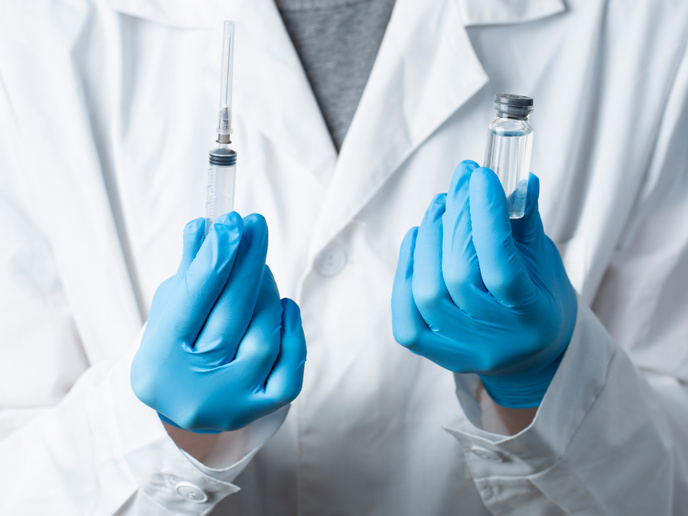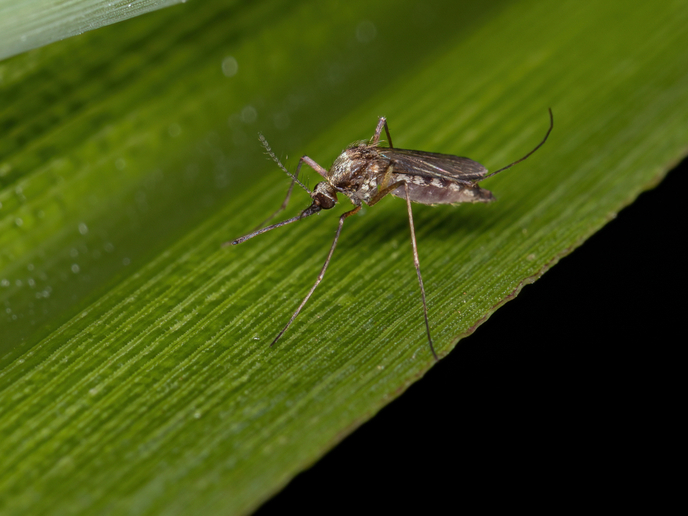Networking to drive metabolomics research
Over the last decade or so, technological developments have driven knowledge generation in genomics and proteomics. And now new technologies are emerging for the field of metabolomics. It is important for all involved to work together to develop strategies on how best to progress in metabolomics, without excluding genomics and proteomics research. The 'European lipidomics initiative' (ELIFE) project set out to mobilise and gather together researchers, key stakeholders and end users to further define metabolomics research in terms of participants, scientific contents and strengths. The EU-funded project approached this aim by focusing on the subfield of lipidomics. Project partners worked to achieve this within the framework of five specific objectives. For networking in the field of metabolomics and seeking out alliances with relevant stakeholders, project partners worked to position the field of lipidomics by including health care and industry stakeholders in ELIFE activities. Special emphasis was also placed on the involvement of small and medium-sized enterprises (SMEs) from the earliest stages. To link metabolomics with genomics and proteomics initiatives, team members took on the challenge of adapting bioinformatics to the field of metabolomics. The selected technology would define the bioinformatics approaches required to process large datasets expected from lipidomics research, which would then be applicable to metabolomics. Using lipidomics, researchers set out to define a strategy for metabolomics research. Experts in the lipidomics subgroups of technology, cell biology and health came together at a series of workshops to define how these areas could gain the most from a European collaboration. Another important point was to decide on the direction of research most likely to bring related breakthroughs. In order to fully mobilise the field, ELIFE members worked on creating a virtual expertise platform that would be linked to the Euro Fed Lipid organisation. This would also create awareness of the strength and expertise of the field and would become a test centre for benchmarking new lipidomics technology. Scientific and strategic meetings were organised that covered both science-related and policy aspects of field progress. Workshops focused on technology and terminology, basic science and the medical applications of metabolomics, and lipidomics in particular. Proposed networking and applications meetings aimed to join academics from across the life sciences, clinical laboratory scientists, clinicians and industrial representatives. Such initiatives in the field of metabolomics, and lipidomics, are important for outlining how to most effectively apply new technologies in the clinical setting for assessment, cure and prevention of membrane lipid disorders.







